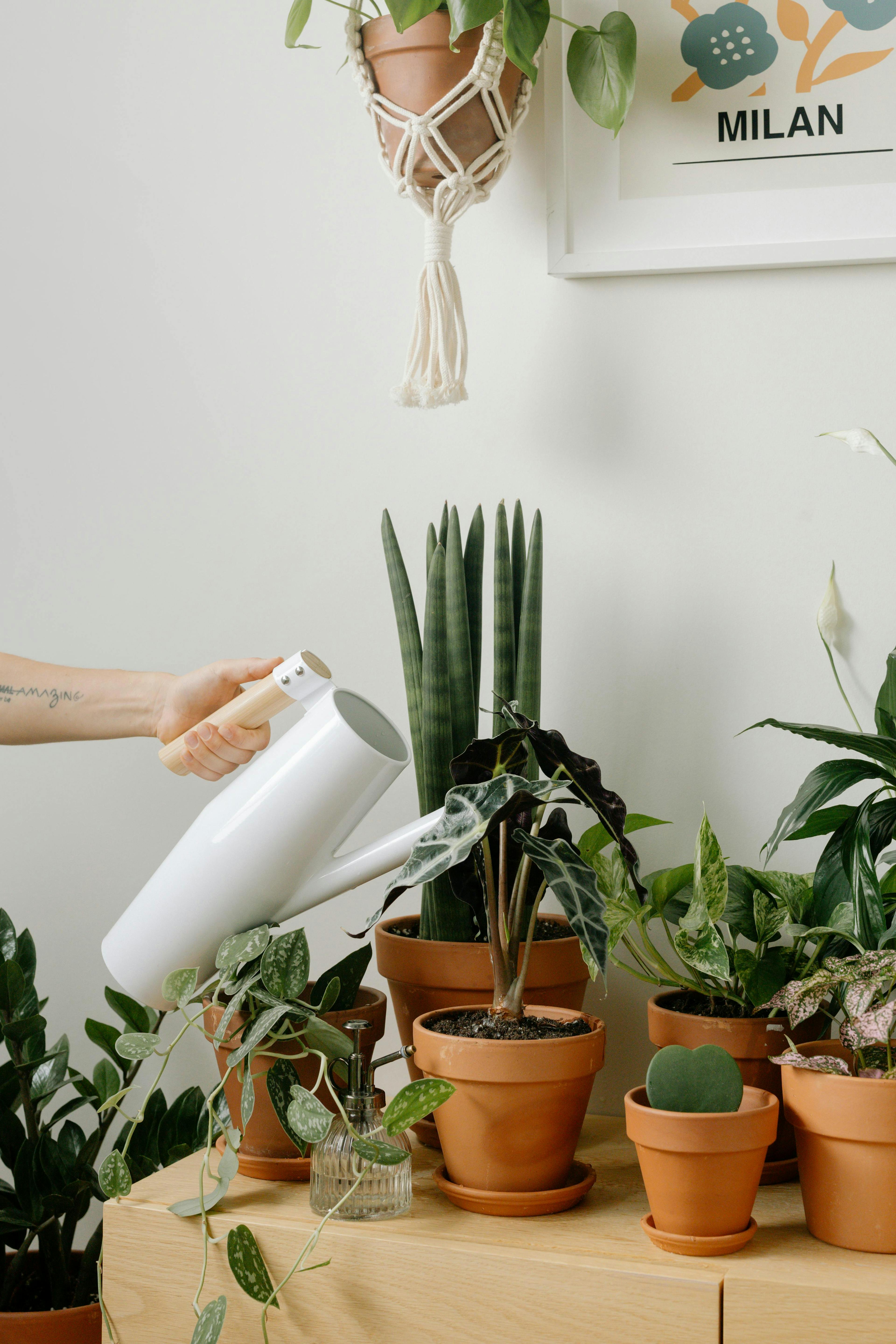Quenching Their Thirst: Best Practices for Plant Hydration
Proper hydration is crucial for the health and growth of plants. Whether you're a seasoned gardener or a beginner, understanding the best practices for watering your plants can make a significant difference in their development. Here, we'll explore some essential tips to help you water your plants effectively, ensuring they thrive in their environment.
1. Understand Your Plant's Needs
Different plants require different amounts of water. It's important to understand the specific needs of each plant in your garden or home.
- Succulents and Cacti: These plants require minimal watering. Allow the soil to dry completely between waterings.
- Tropical Plants: Such as ferns and alocasias, prefer consistent moisture. Keep the soil lightly moist but not soggy.
- Vegetable Plants: Like tomatoes and peppers, need more frequent watering, especially during the fruiting stage.
2. Check the Soil Moisture
Before watering your plants, check the soil moisture. This can prevent overwatering, which is as harmful as under-watering.
- Use a Soil Moisture Meter: Stick it into the soil to get an accurate moisture reading.
- Finger Test: Insert your finger into the soil up to the second knuckle. If the soil feels dry, it’s time to water.
3. Water Deeply but Infrequently
Deep watering encourages deeper root growth, which helps plants become more drought-resistant.
- Water Slowly: Allow the water to seep deep into the soil, reaching the root zone.
- Frequency: Adjust according to the season and weather conditions. Most plants prefer being watered once a week with a good soak.
4. Choose the Right Time of Day
Watering at the right time of day can maximize absorption and minimize evaporation.
- Early Morning: Ideal as it allows water to soak deeply into the soil, and the plant has time to dry before the cooler evening.
- Avoid Evening Watering: This can lead to moisture sitting on the leaves overnight, which can cause fungal diseases.
5. Use the Right Tools
Using the appropriate tools for watering can help distribute water evenly and efficiently.
- Watering Can: Great for small gardens or indoor plants.
- Soaker Hose: Ideal for large garden beds, ensuring even distribution of water.
- Drip Irrigation System: Efficient for vegetable patches, delivering water directly to the roots.
6. Adjust According to Weather
Be mindful of changes in weather and adjust your watering habits accordingly.
- Hot, Dry Weather: Increase the frequency of watering.
- Rainy Season: Reduce watering and ensure good drainage to prevent waterlogging.
7. Mulch Your Plants
Mulching helps retain soil moisture and prevents evaporation.
- Organic Mulch: Such as bark or straw, not only retains moisture but also adds nutrients to the soil as it decomposes.
- Inorganic Mulch: Like rocks or rubber, can also help retain moisture but doesn’t add nutrients.
By following these best practices for plant hydration, you can ensure that your plants receive the right amount of water they need to thrive. Remember, the key to successful plant care is understanding the unique needs of each plant and adjusting your care routine accordingly.
For more personalized advice on plant care or any other inquiries, feel free to chat with Mavyn GPT or connect with a human expert at Mavyn. We're here to help you with AI and human expert services tailored to your needs.
